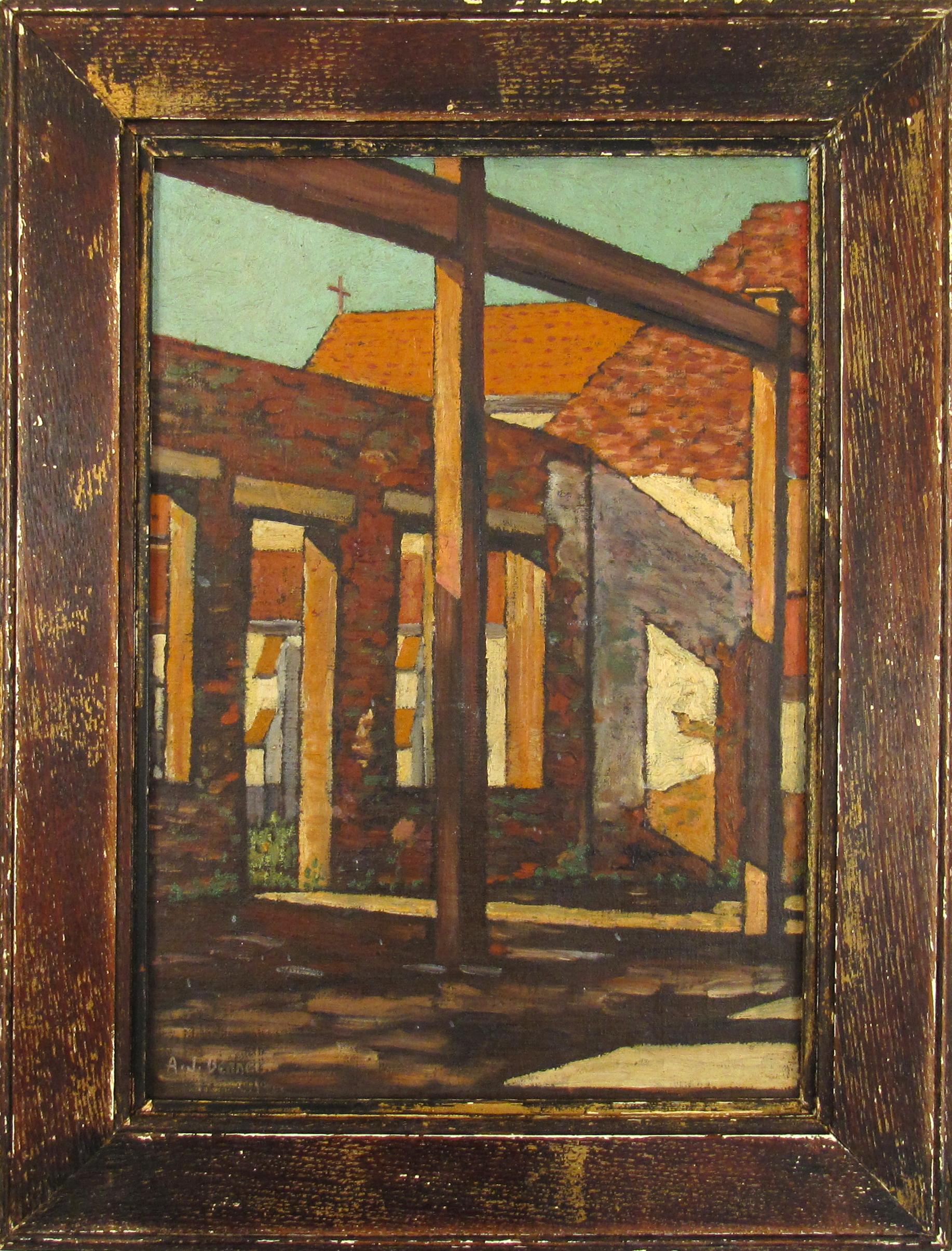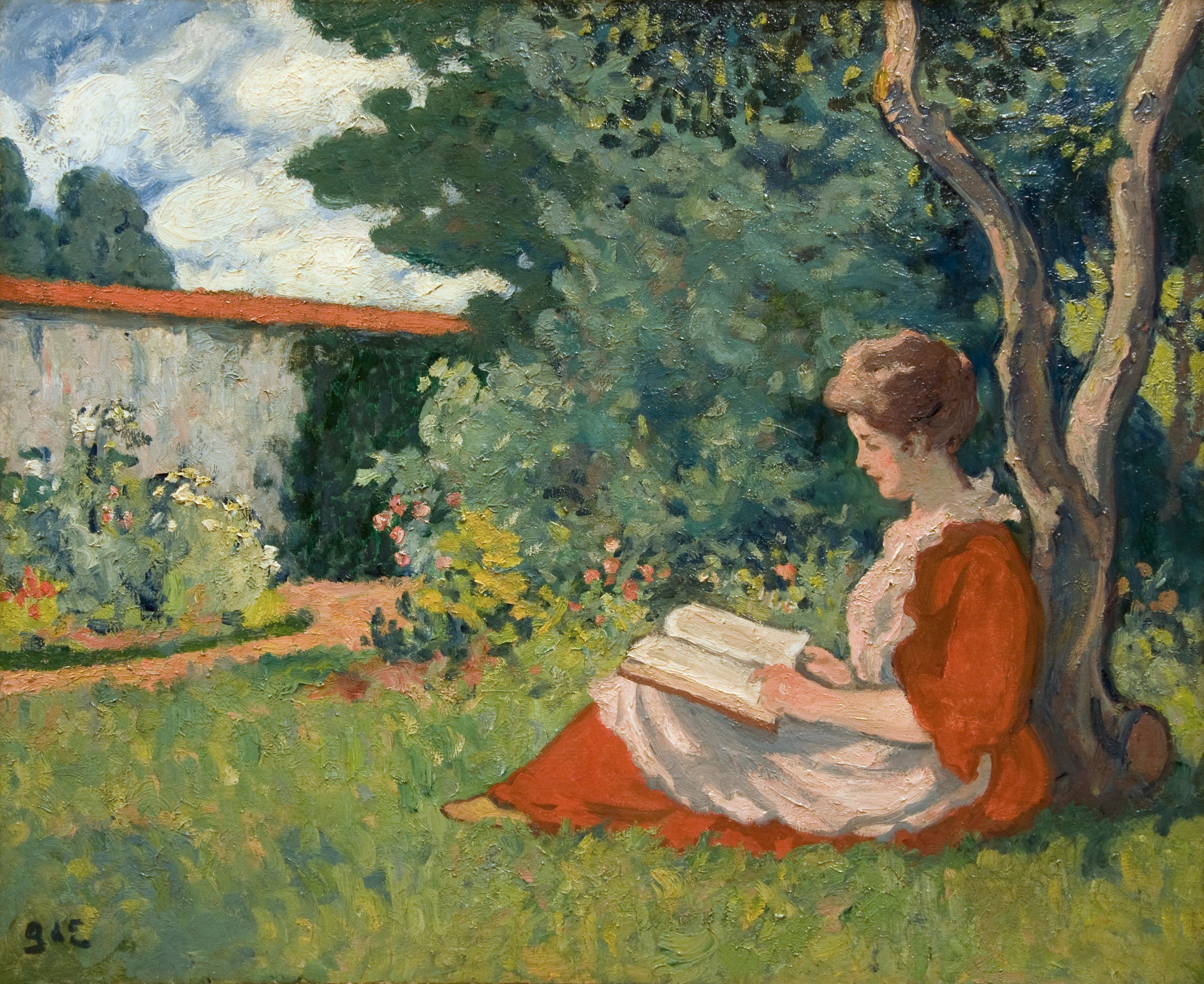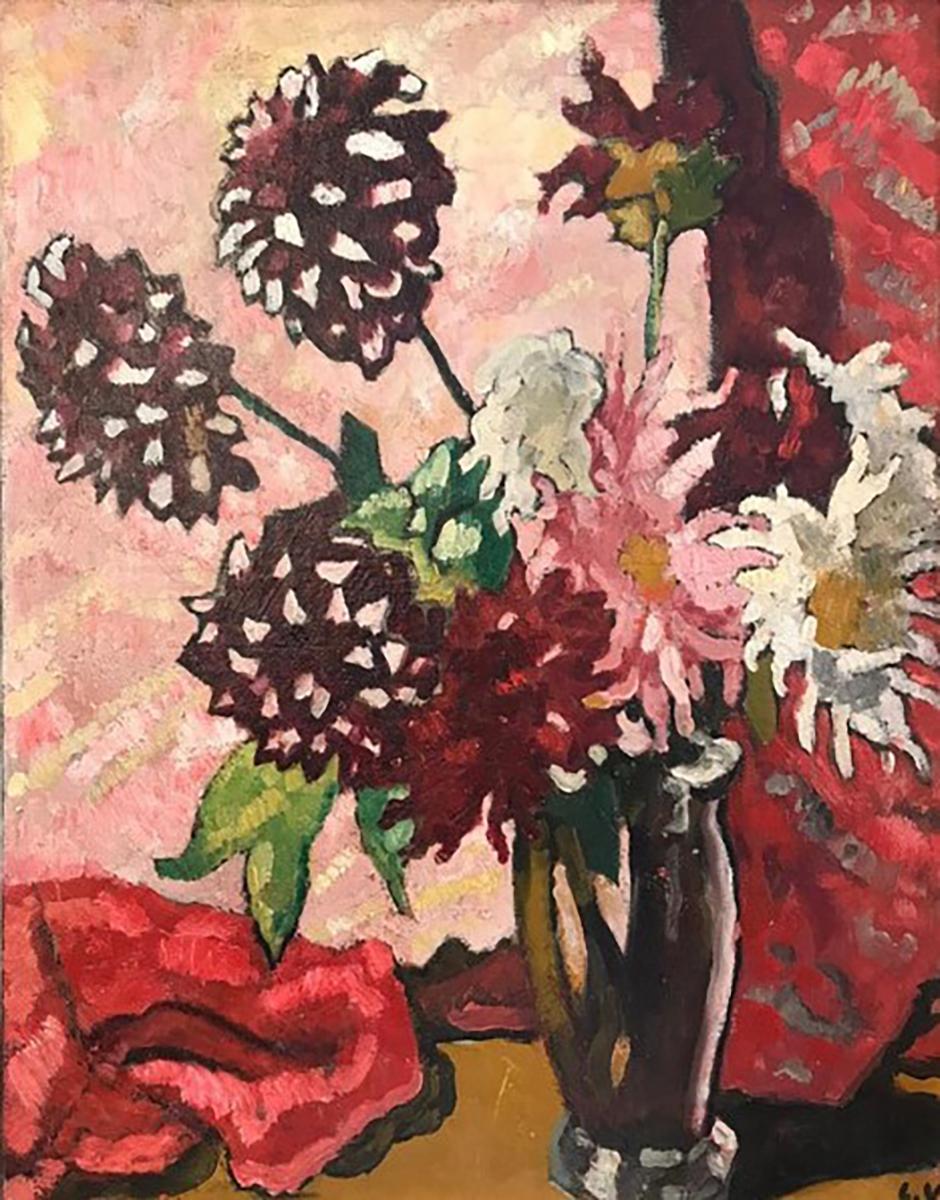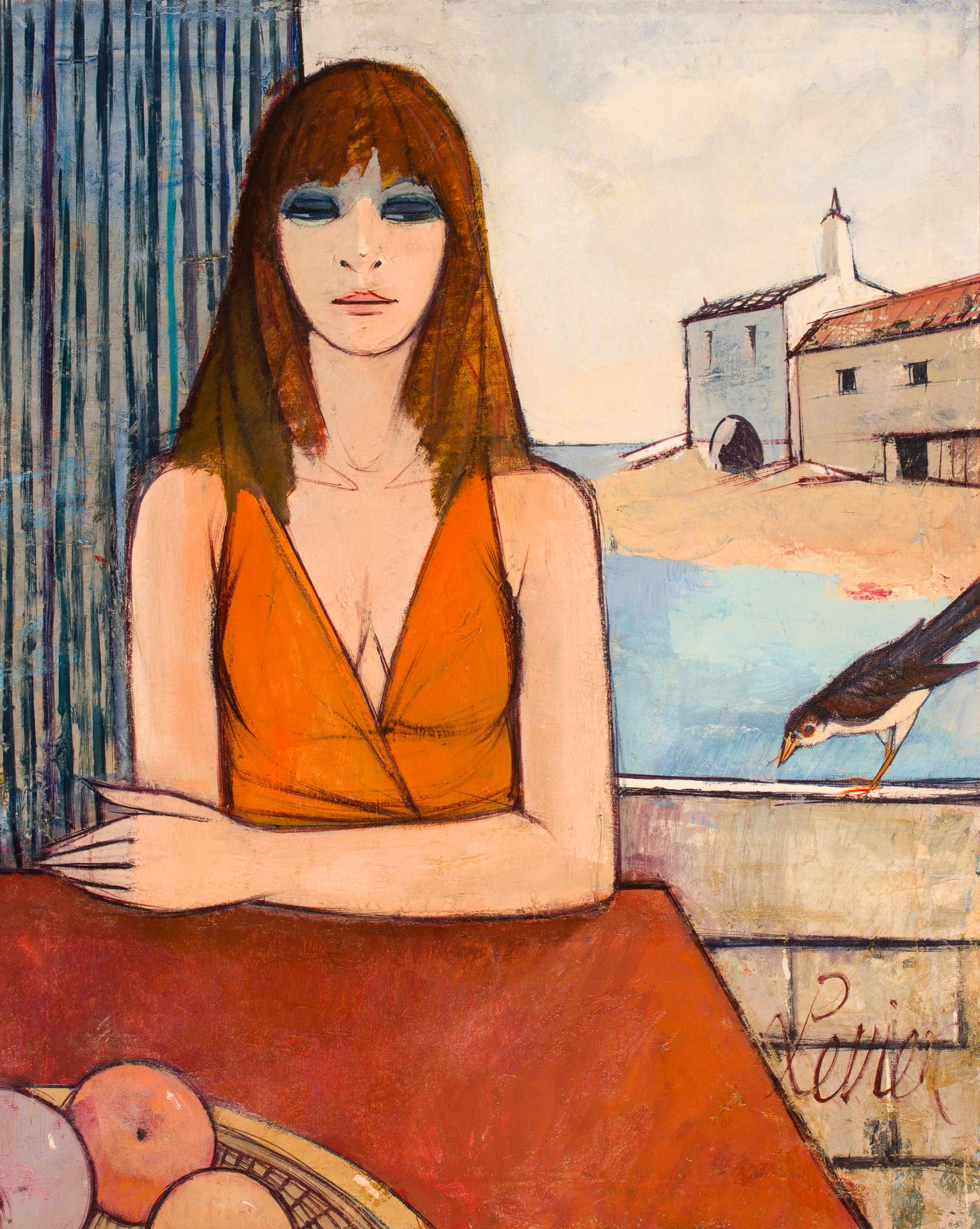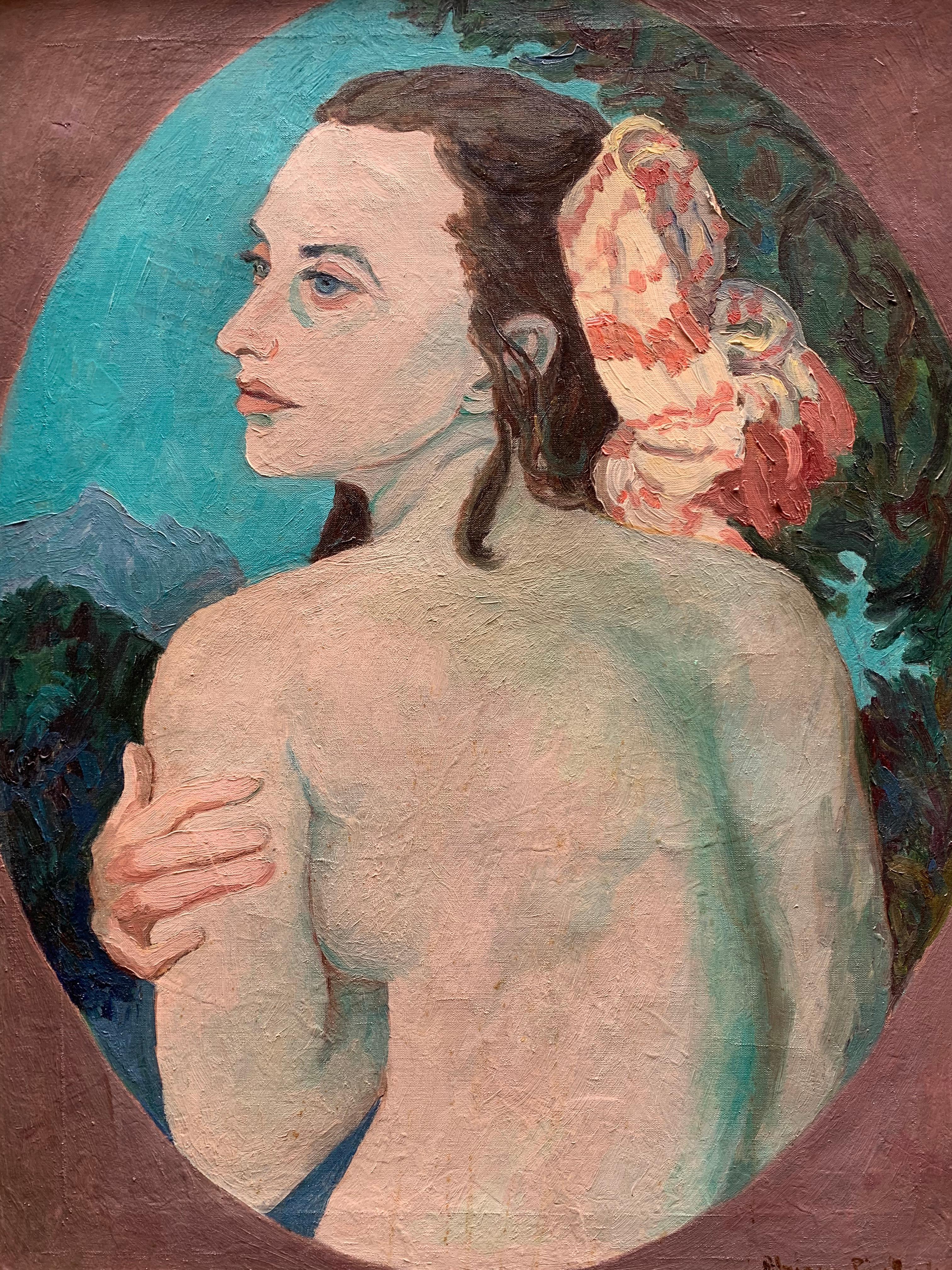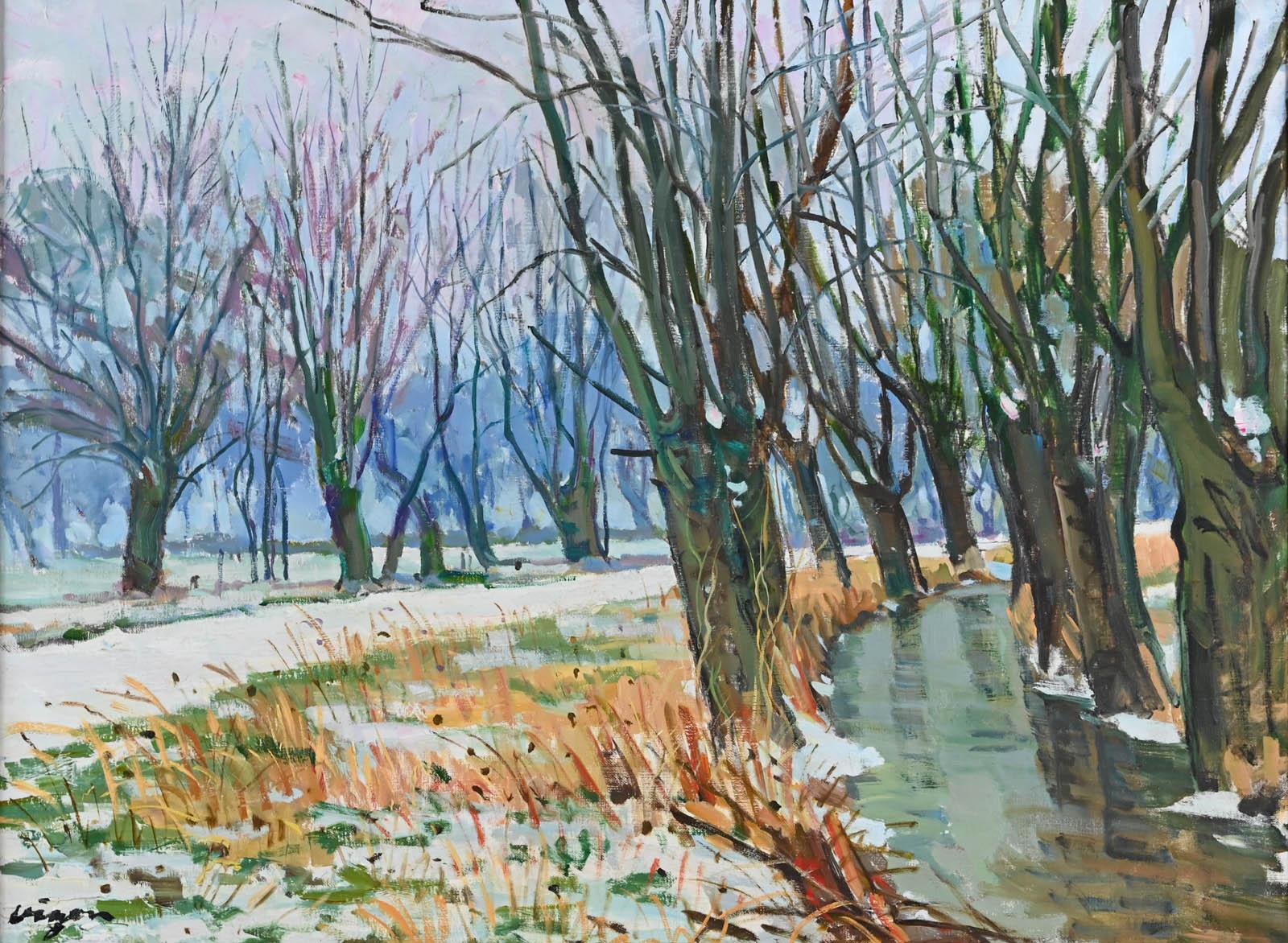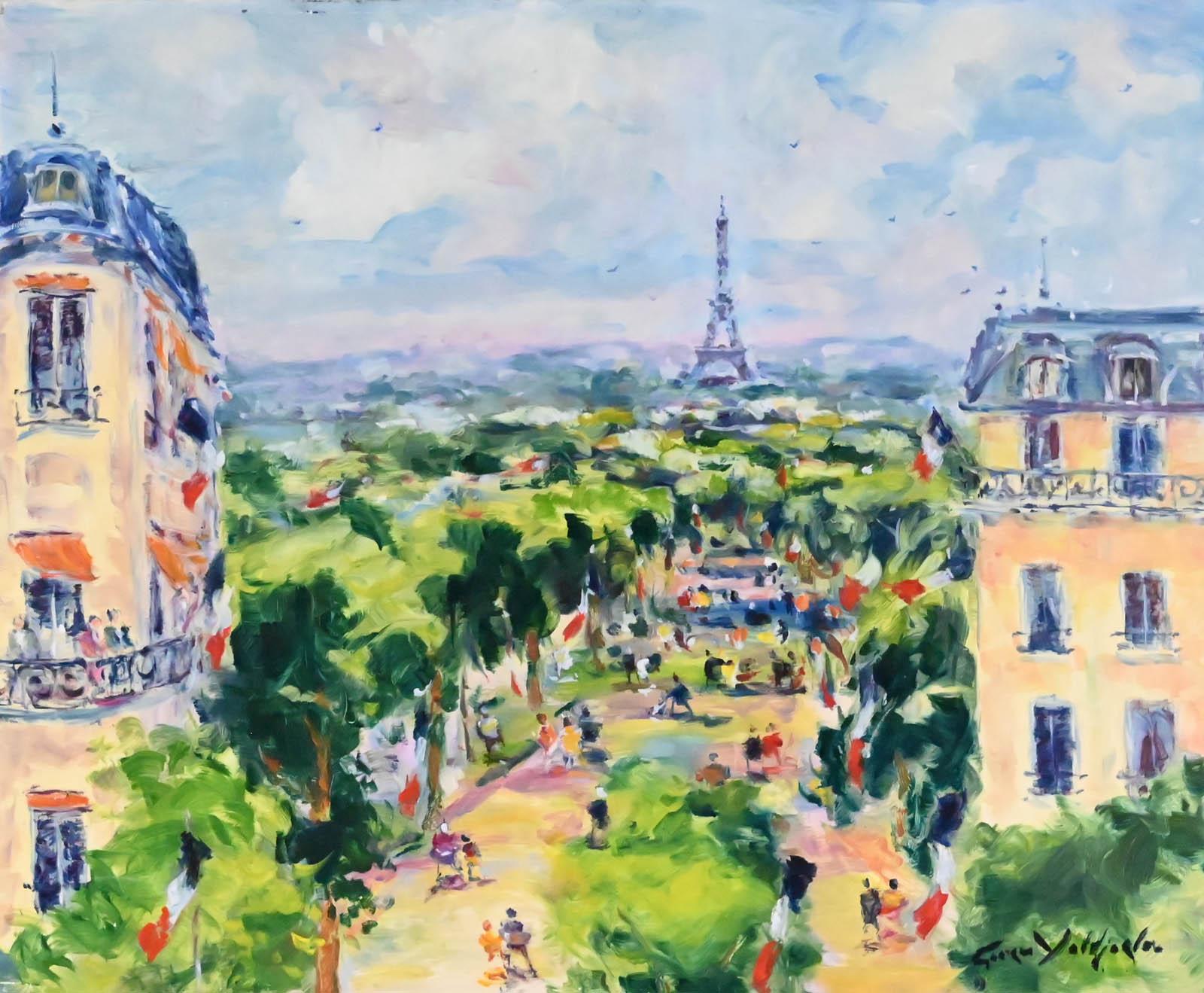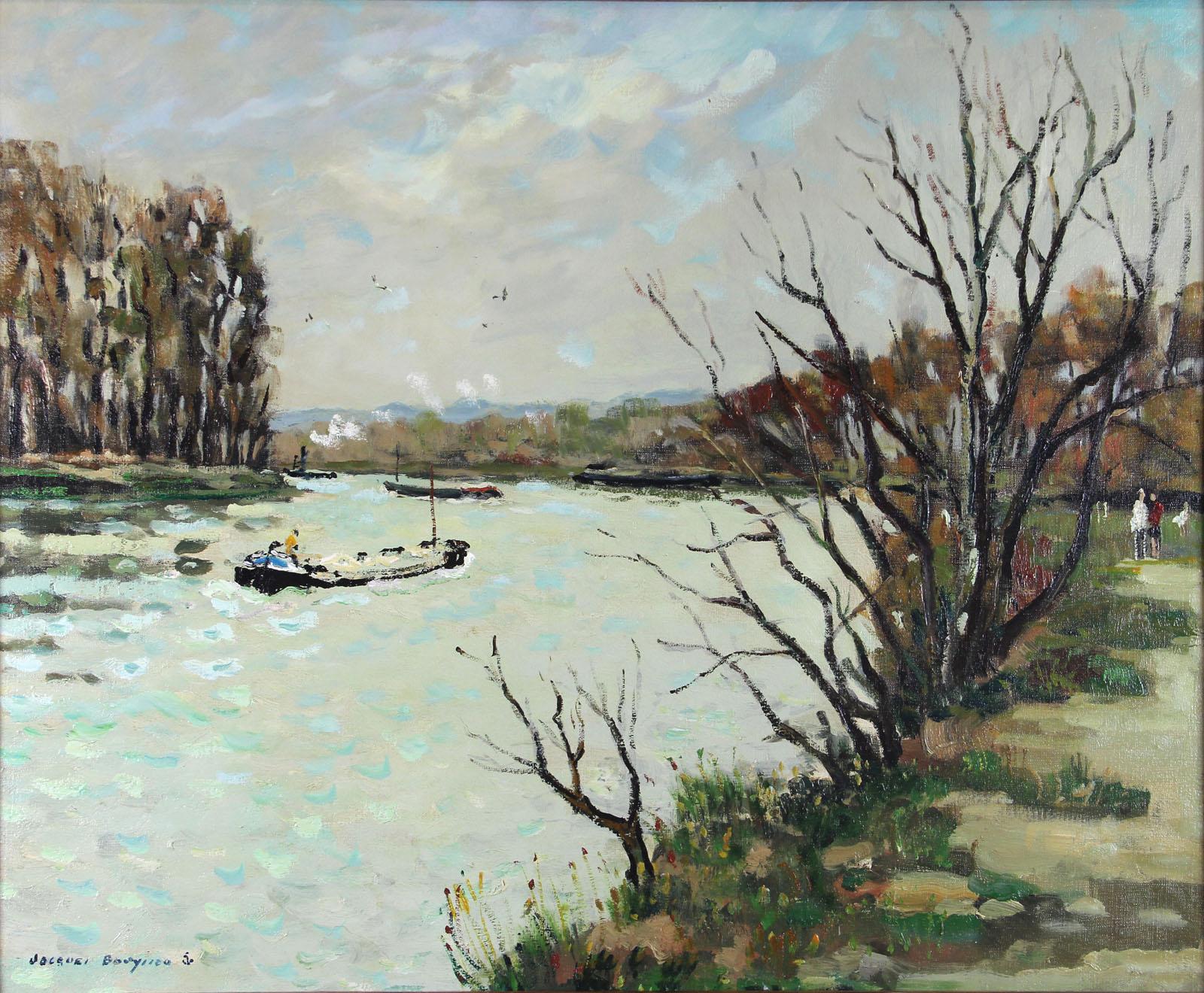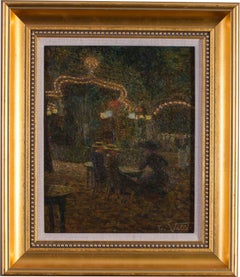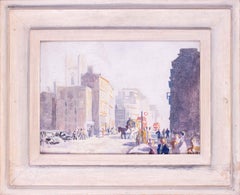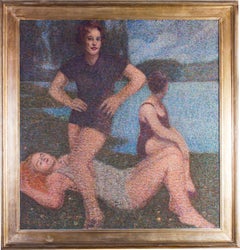
Large, Italian early 20th Century pointillist oil painting of three bathers
View Similar Items
Want more images or videos?
Request additional images or videos from the seller
1 of 10
Raul VivianiLarge, Italian early 20th Century pointillist oil painting of three bathers
About the Item
- Creator:Raul Viviani (1883 - 1965)
- Dimensions:Height: 49.25 in (125.1 cm)Width: 49.25 in (125.1 cm)Depth: 1 in (2.54 cm)
- Medium:
- Movement & Style:
- Period:
- Condition:In good condition. For a more in depth condition report please contact the dealer.
- Gallery Location:Petworth, GB
- Reference Number:1stDibs: LU540310393932
About the Seller
4.9
Platinum Seller
These expertly vetted sellers are 1stDibs' most experienced sellers and are rated highest by our customers.
Established in 2010
1stDibs seller since 2017
226 sales on 1stDibs
Typical response time: 2 hours
More From This SellerView All
- Belle Epoque Post Impressionist oil painting by French artist Ludovic ValleeBy Ludovic ValléeLocated in Petworth, West SussexLudovic Vallee (French 1864 – 1939) Soiree a la guinguette Signed ‘L Valle’ (lower right) Oil on board 27 x 22 cm. It has an inscription on the reverse...Category
Early 20th Century Post-Impressionist Figurative Paintings
MaterialsOil, Board
- British 20 Century beach scene of St. Michael's Mount, Cornwall by Paul StephensLocated in Petworth, West SussexPaul Stephens (British, b.1957) Seaside - St. Michael's Mount Cornwall Oil on panel Signed `P Stephens’ (lower left) 23.5/8 x 23.5/8 in. (60 x 60 cm.)Category
20th Century Post-Impressionist Landscape Paintings
MaterialsOil, Panel
- Early 20th Century oil painting of a London street with a rag and bone manLocated in Petworth, West SussexStephen Bone (British, 1904-1958) A London rag and bone man Oil on board Signed `Stephen Bone’ (on an old label on the reverse) 10 x 13.3/4 in. (25.3 x 35...Category
20th Century Post-Impressionist Figurative Paintings
MaterialsOil, Board
- Scottish 20th Century naive oil painting of figures, dogs and birds in interiorLocated in Petworth, West SussexCatriona Millar (Scottish, b. 1956) Veva’s Guest Oil on canvas Signed with initials (lower left) 19.5/8 x 15.5/8 in. (50 x 39.7 cm.) Catriona Millar (born 1956) is a Scottish figura...Category
20th Century Folk Art Figurative Paintings
MaterialsOil, Canvas
- Scottish 20th Century naive oil painting of figures, dogs and birds in interiorLocated in Petworth, West SussexCatriona Millar (Scottish, b. 1956) Holiday Oil on canvas Signed with initials (lower left) 19.5/8 x 15.5/8 in. (50 x 39.7 cm.) Catriona Millar (born 1956) is a Scottish figurative ...Category
20th Century Folk Art Figurative Paintings
MaterialsOil, Canvas
- British Abstract geometric figure in greys by Ron SimsLocated in Petworth, West SussexRon Sims (British, 1944 – 2014) Ghost Oil on canvas 48.1/4 x 22.5/8 in. (122.5 x 57.5 cm.)Category
20th Century Abstract Geometric Figurative Paintings
MaterialsOil, Canvas
You May Also Like
- A. J. Bennett - Light and Shade - Post Impressionist Painting, South Africa 1919Located in Meinisberg, CHA. J. Bennett (South African, fl. Early 20th century) Light and Shade • Oil on canvas artist board ca. 42.5 x 29.5 cm • Later frame ca. 53.5 x 41 cm Worldwide shipping is complime...Category
1910s Post-Impressionist Figurative Paintings
MaterialsCanvas, Oil, Board
- CarlottaBy Georges RouaultLocated in Washington, DCLiterature Dorival, Bernard & Rouault, Isabelle, Rouault, L’Oeuvre peint(Monaco, 1988), vol. 2, p. 150, no. 1864 (illus.) Executed in 1937, Carlotta belongs to a group of portraits...Category
1930s Post-Impressionist Figurative Paintings
MaterialsCanvas, Oil
Price Upon Request - Femme lisant dans un jardinBy Georges d'EspagnatLocated in Washington, DCSigned with monogram lower left * The Robert Lehman Collection at the Metropolitan Museum of Art contains more paintings (nine) by Georges D’Espagnat than any other nineteenth- or ...Category
1910s Post-Impressionist Figurative Paintings
MaterialsCanvas, Oil
- Bouquet de dahliasBy Louis ValtatLocated in Jerusalem, ILA beautiful oil painting by French artist Louis Valtat. Featuring a colorful display of a flower bouquet of dahlias.Category
1940s Fauvist Figurative Paintings
MaterialsCanvas, Oil
- PrintempsBy Charles LevierLocated in Costa Mesa, CAA beautiful woman sits at an open window, gazing down at a small bird who has landed nearby in this serene portrait by Charles Levier. Warm orange tones are played off their complements in shades of blue, the artist utilizing several different layers of oils to create a subtle and relaxed view of a spring day near the sea. Beyond the window a small chapel sits on a peninsula, surrounded tranquil blue waters. This work, like many of Levier's, belongs to the French figurative movement of the Glorious Thirty (Les Trente Glorieuses) - the golden period of thirty years after WWII which were a time of great hope and prosperity in France. Inspired by Hollywood cinema, Charles Levier sought harmony in composition and purity of color and form. His said that his creations represented "a light and delicate world, of dark and subtle shades and colors." Levier worked in a somewhat abstracted, cubist style. Additionally he often employed the French technique of "cloisonnism" (after the French for "partition"), a style of post-Impressionist painting with bold and flat forms separated by dark contours, also seen in this work. The term was coined by critic Edouard Dujardin on the occasion of the Salon des Indépendants, in March 1888 and was commonly used by artists like Émile Bernard, Louis Anquetin, Paul...Category
Mid-20th Century Post-Impressionist Figurative Paintings
MaterialsCanvas, Oil
- Adriana Pincherle (1905- 1996). A lady with a turban and green shadows.By Adriana PincherleLocated in Firenze, ITAdriana Pincherle, (1905, Rome - 1996, Florence). A lady with a turban and green shadows in a landscape. Italian female painter, active in Rome and from 1943 in Florence. Painting signed and dated lower right: Adriana Pincherle. 1973. Oil painting on canvas. The simple composition, which represents a woman from behind, bears the influence of Matisse's avant-garde style, with bold and refined color combinations. The shape is created with color, creating an almost surreal and highly expressive effect. The painter once said: "My painting has always been figurative, not realistic. In this sense I felt very similar to the Informal movement, which, fundamentally, pushed my passion for color to the extreme." FREE SHIPPING in Italy and Europe Artist Biography: Pincherle Adriana Rome 25 December 1905 - Florence 8 January 1996 Adriana was born in Rome on 25 December 1905, into a family in which two cultures were intertwined: the Jewish one of her father, the engineer Carlo Pincherle, of Venetian origins and in love with painting, and the Catholic one of her mother, Isa di she. De Marsanich, a noble but decayed Hungarian. Adriana is the eldest child and two years older than her brother Alberto, known to the literary world under the pseudonym Alberto Moravia As Pincherle herself says about her, as a child she spent hours admiring her father who painted watercolours, and it was perhaps then that her interest in drawing and above all her particular sensitivity towards color was born. Thus, having completed her classical studies, she began to attend the "ladies" atelier of the engraver Alfredo Petrucci and the free nude courses at the Academy, where she met Mimmo Spadini and Scipione, and came into contact with Roman art. In 1931 she made her debut at the collective "First Roman exhibition of female art" at the "Galleria di Roma", while the following year, at the same gallery, she exhibited a solo show together with Corrado Cagli, already attracting the attention of critics, famous comment by Longhi, cited several times by Pincherle herself, who prefers the "sissy" between the two artists. As evidence of the results achieved by Adriana since her first works, we remember that among her works presented in 1932 there was also the famous "Standing Self-Portrait", now in the Uffizi Pincherle's growth passes through places and periods common to both the Roman School and the school of painters of the via Cavour group (Mafai, Raphaël, Scipione), with tangents and deviations, but his pictorial research arrives at original solutions independent of any label . Fundamental to the maturation of her art was her stay in Paris in 1933, in which Pincherle admired and studied closely the Fauves, Renoir and in particular Matisse. In the same year she exhibited for the first time in Florence at the Sala d'arte delle Nazioni with Milena Barilli...Category
1970s Fauvist Figurative Paintings
MaterialsCanvas, Oil
Recently Viewed
View AllMore Ways To Browse
Early Modern Painting
Early 20th Oil Paintings
20th Century Large Painting
Antique Painting Large Paintings
Early Italian Paintings
Three Painting Modern
Paintings Of Rome Italy
Large Italian Painting
Painting And Italian And Large
Three Large Paintings
Painting Of Milan
Painting Of Florence Italy
Antique Oil Painting Large
Antique Large Oil Painting Paintings
Early 20th Century Impressionist Painting
Milan Italy Painting
Early 20th Century Impressionist Oil Painting
Large Antique Framed Oil Painting
